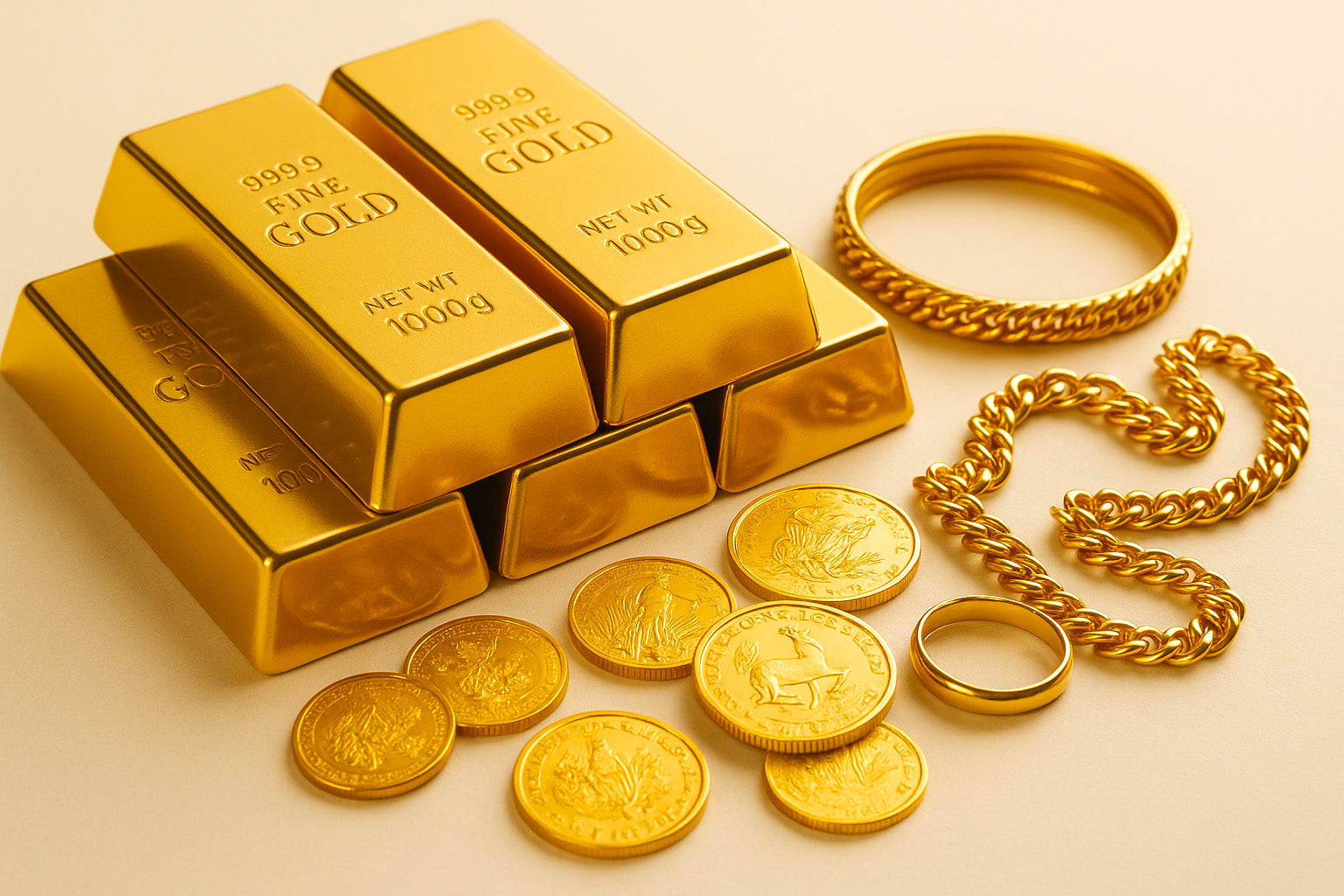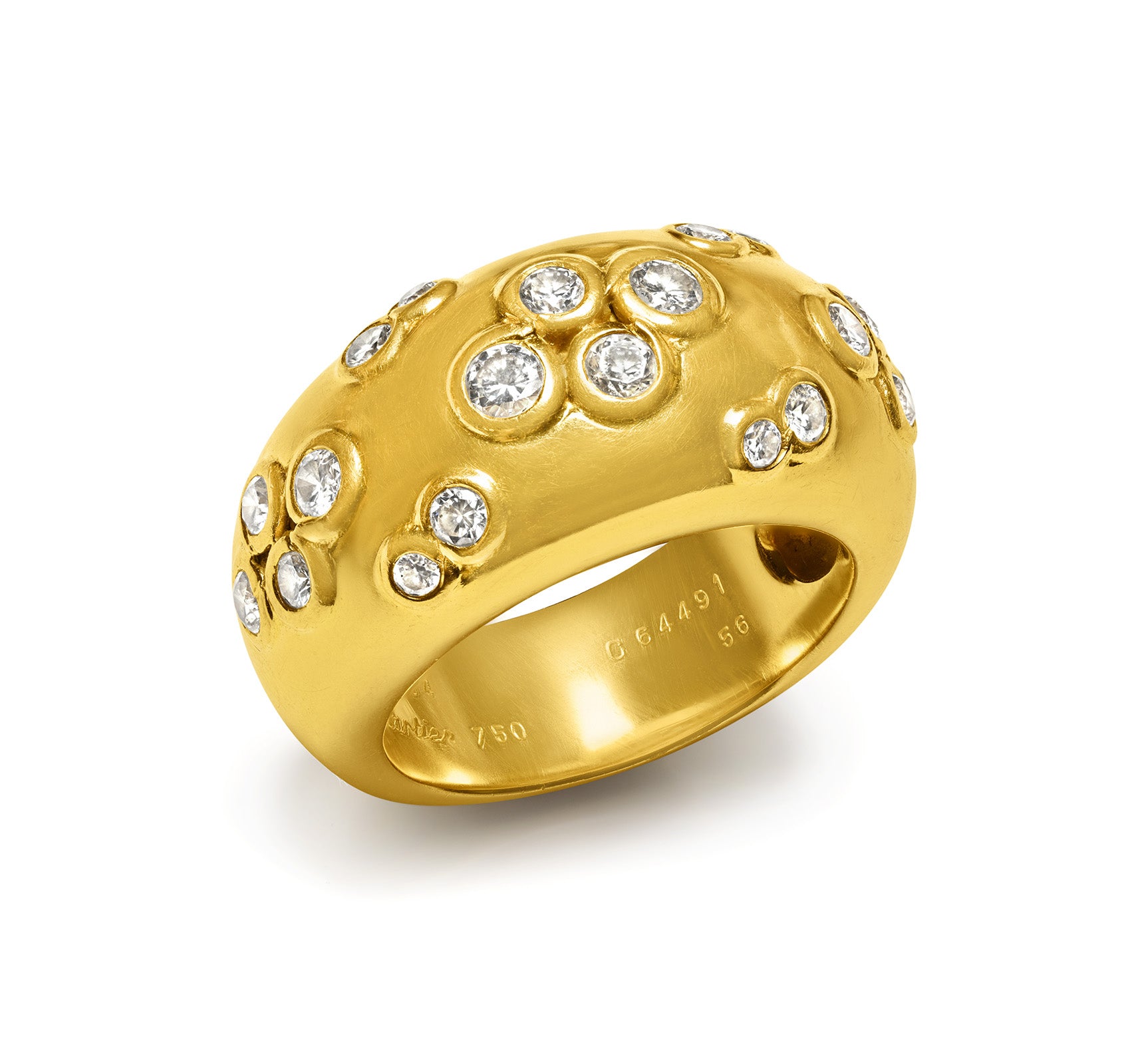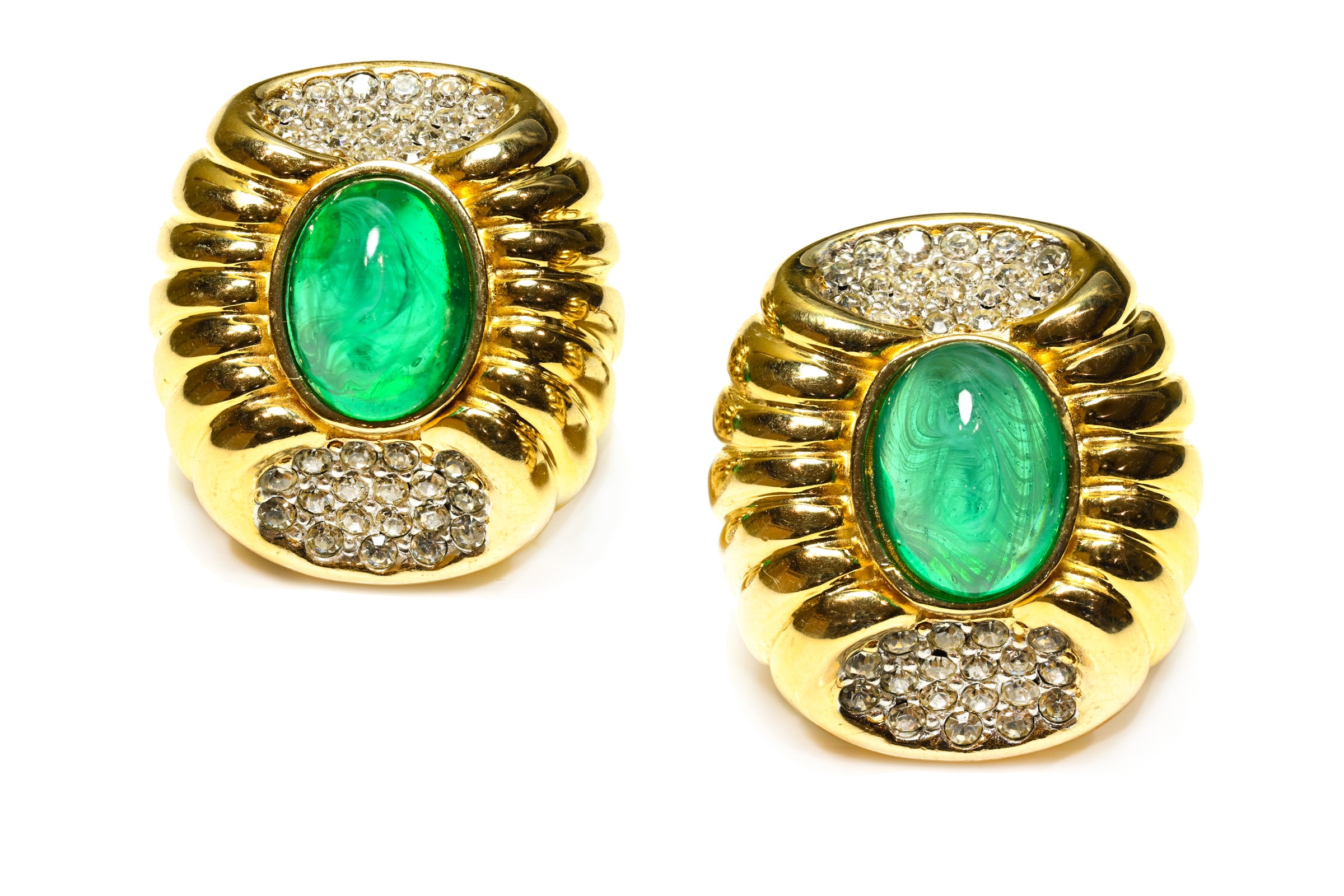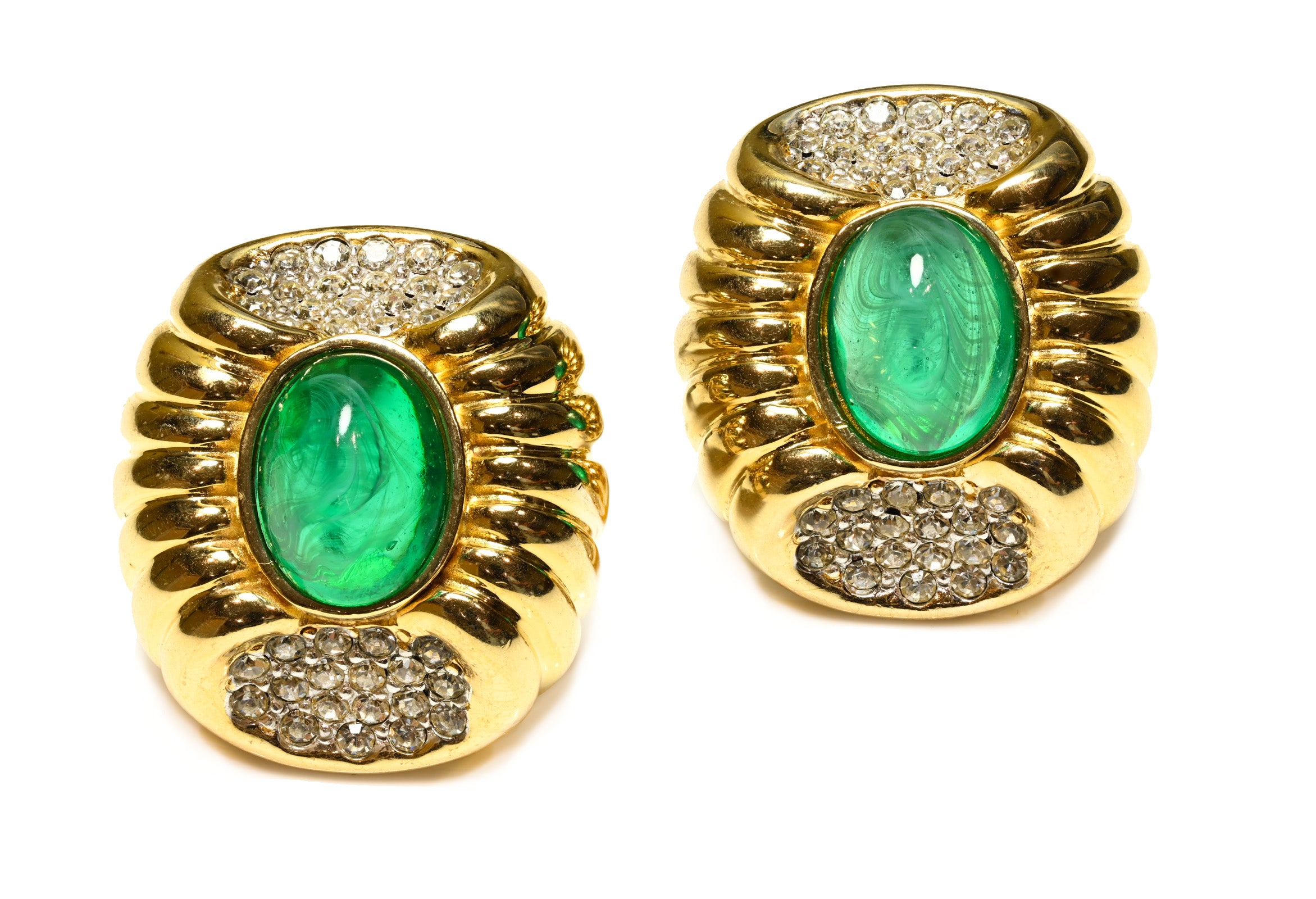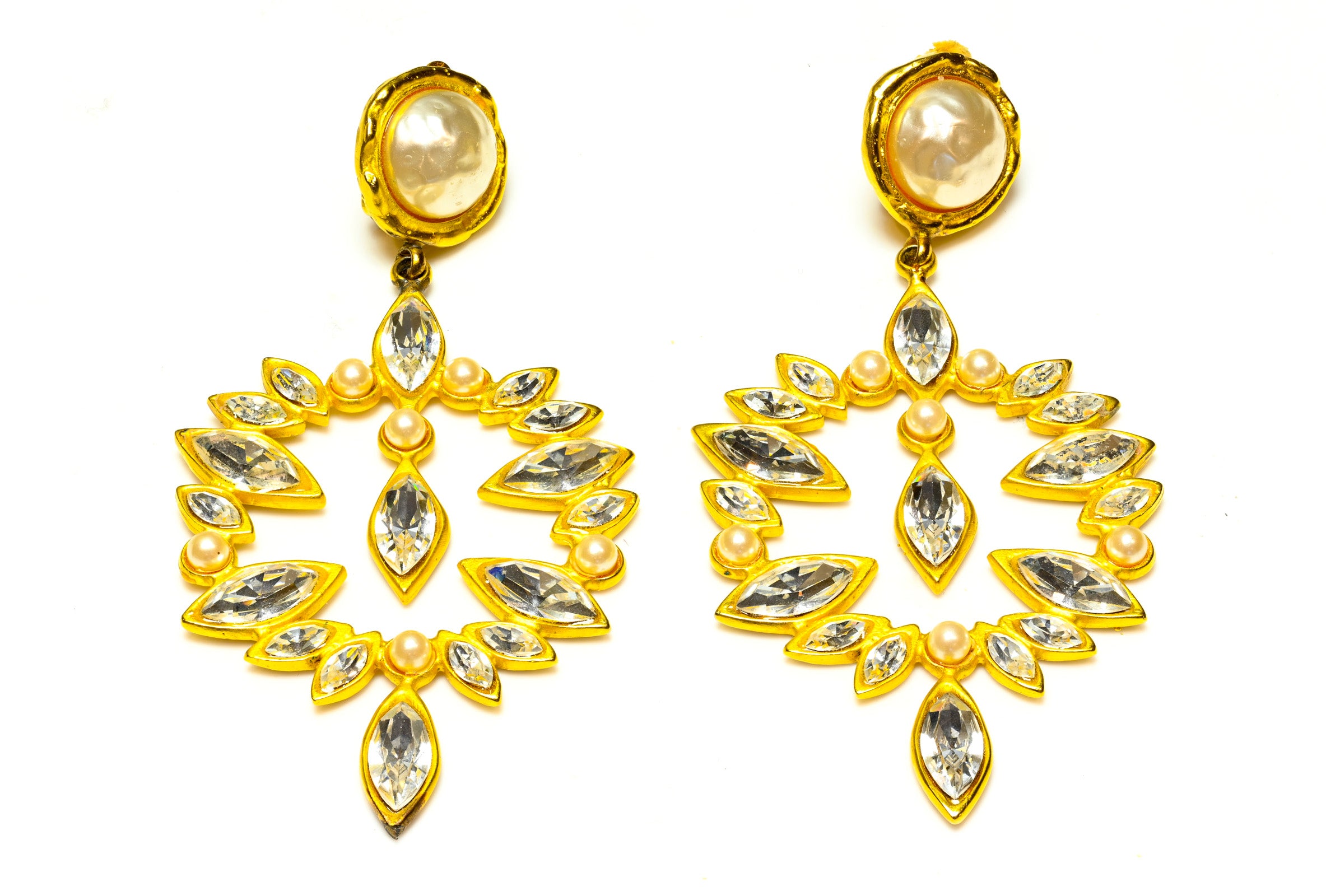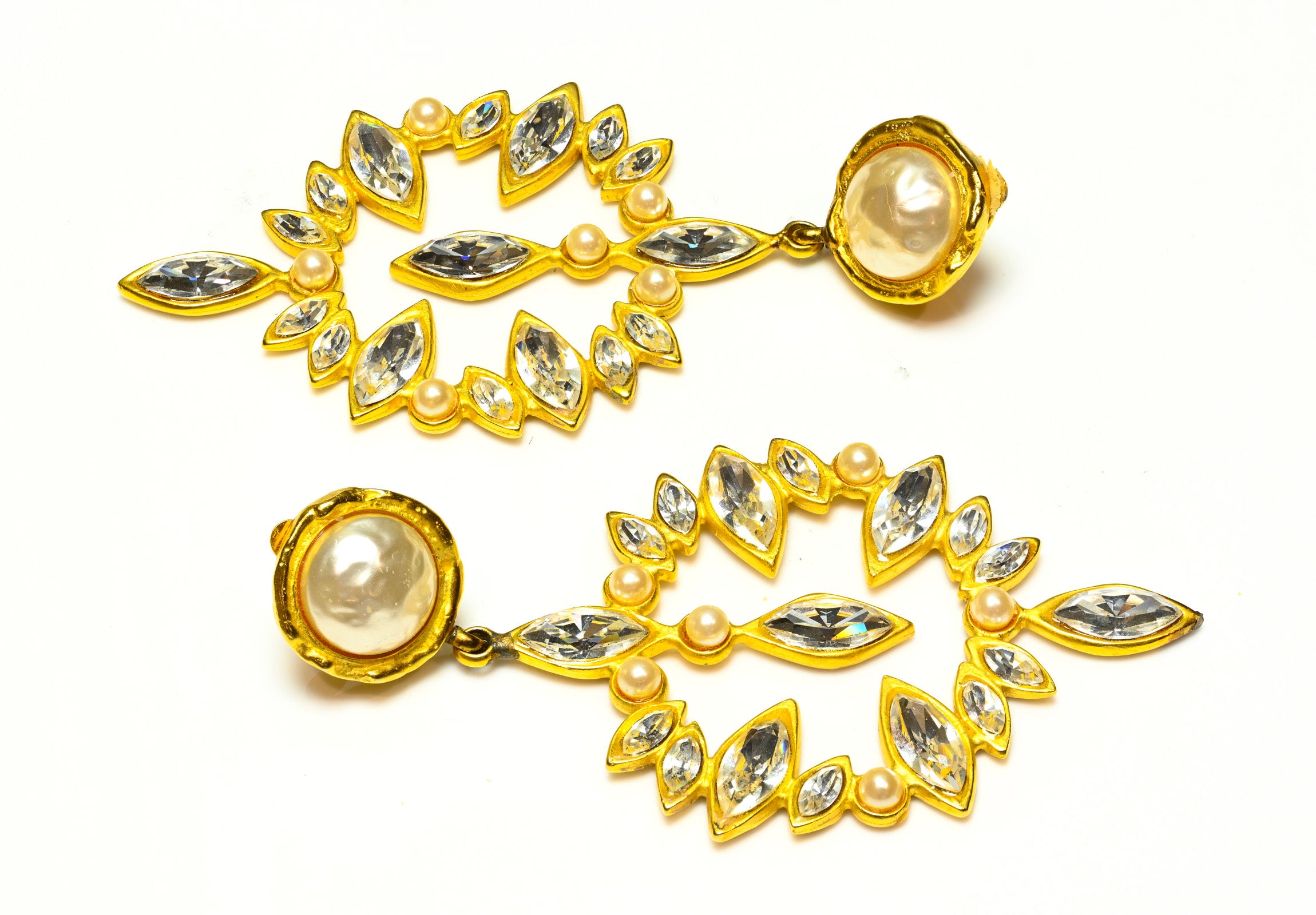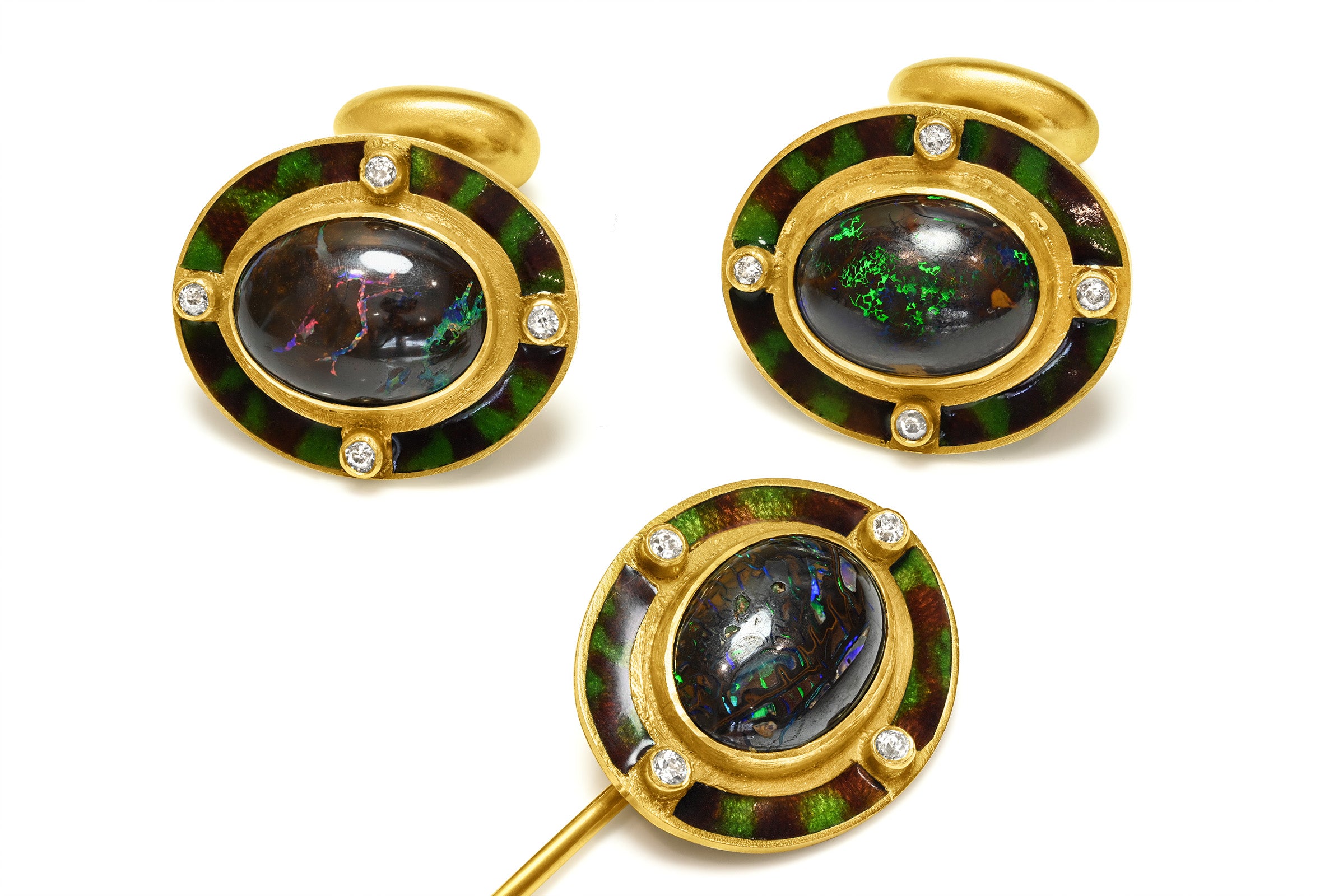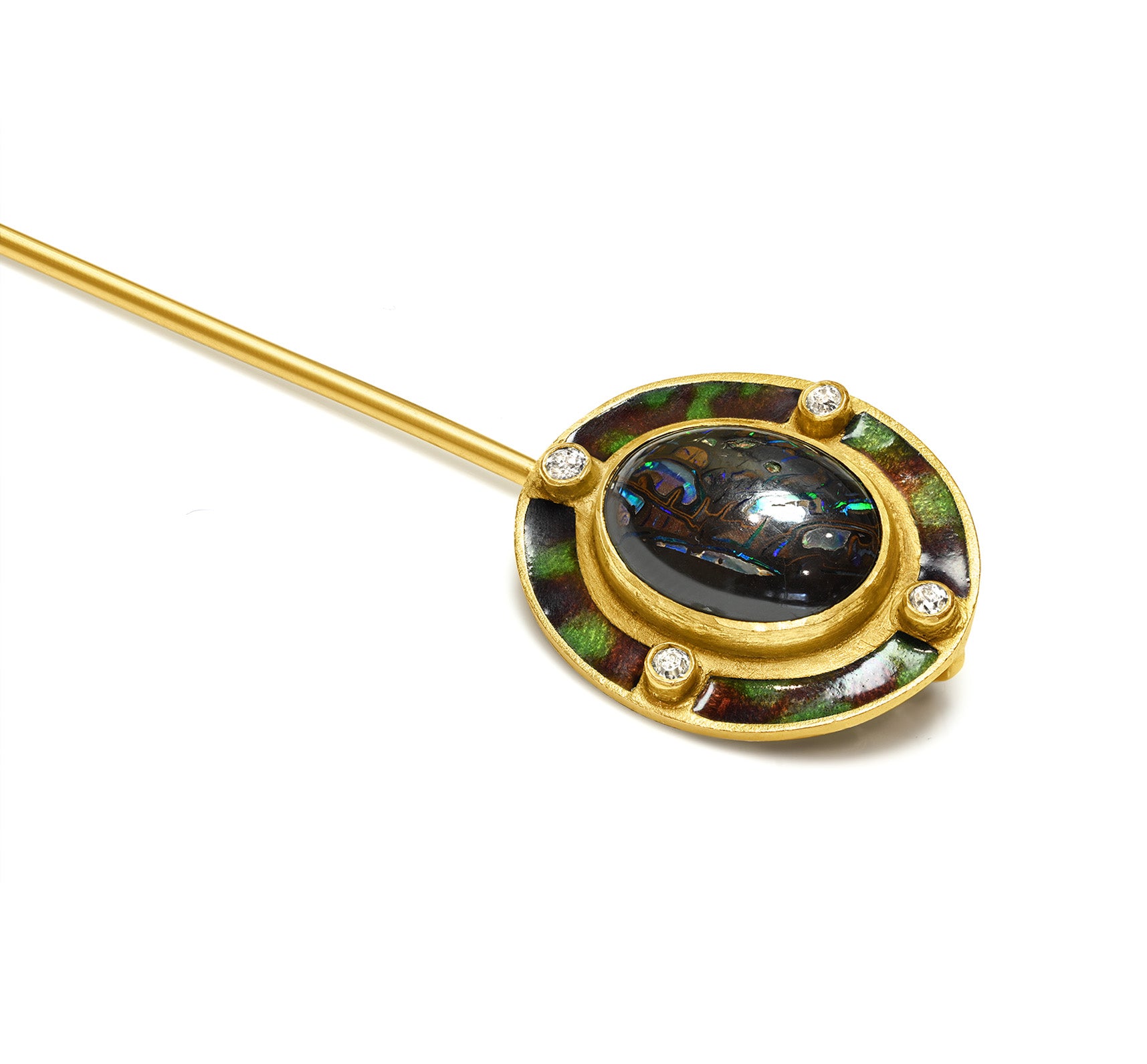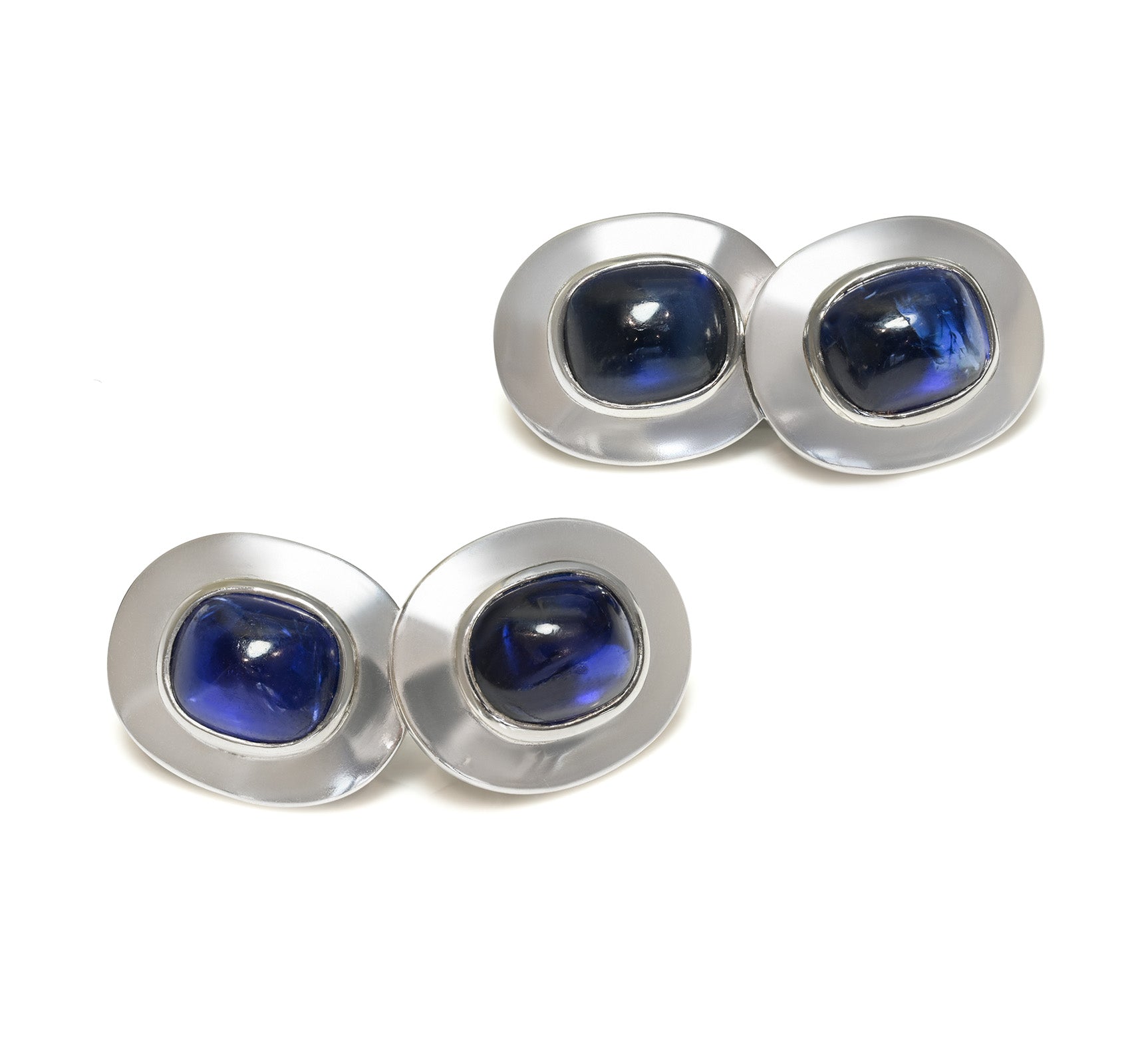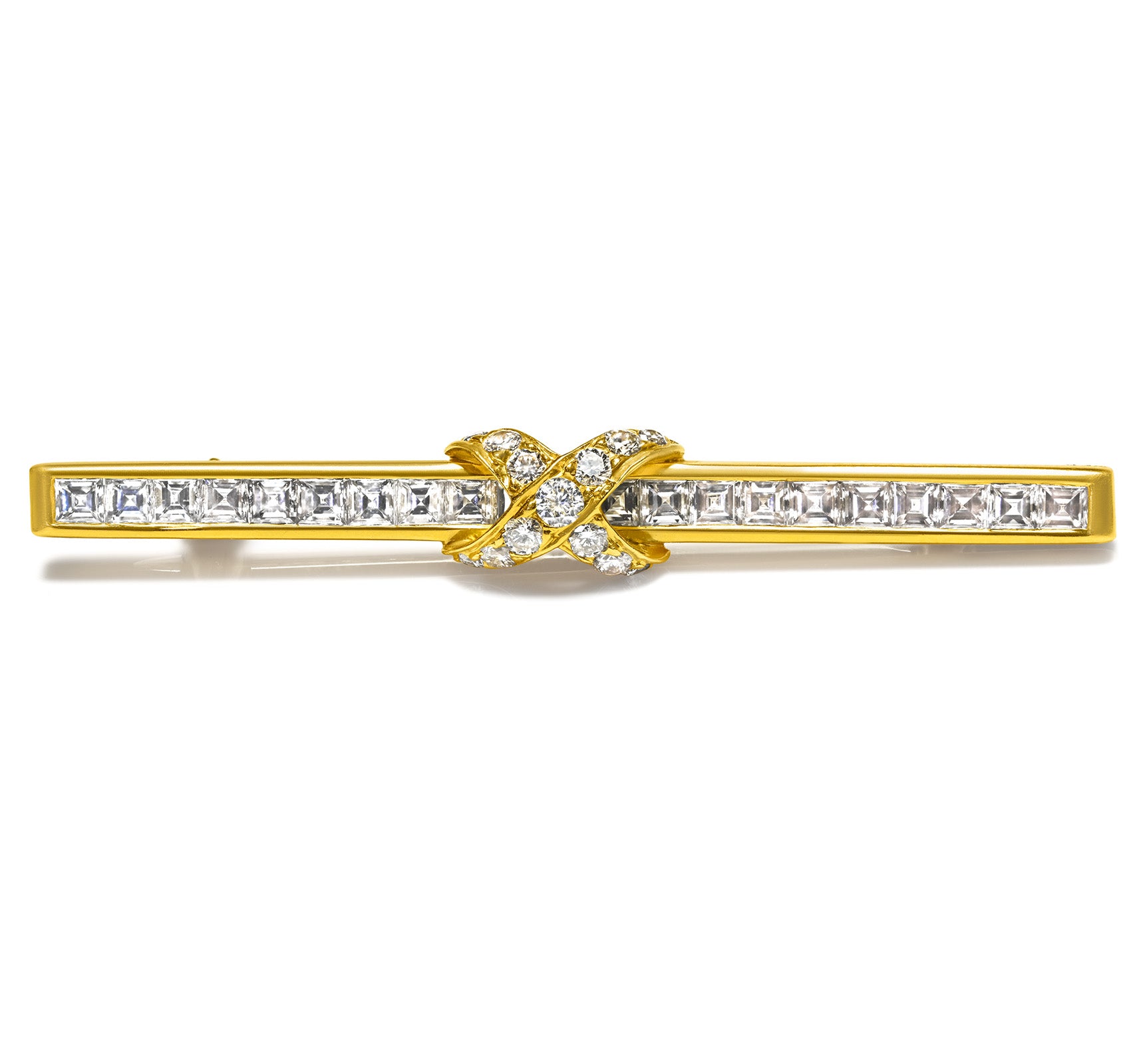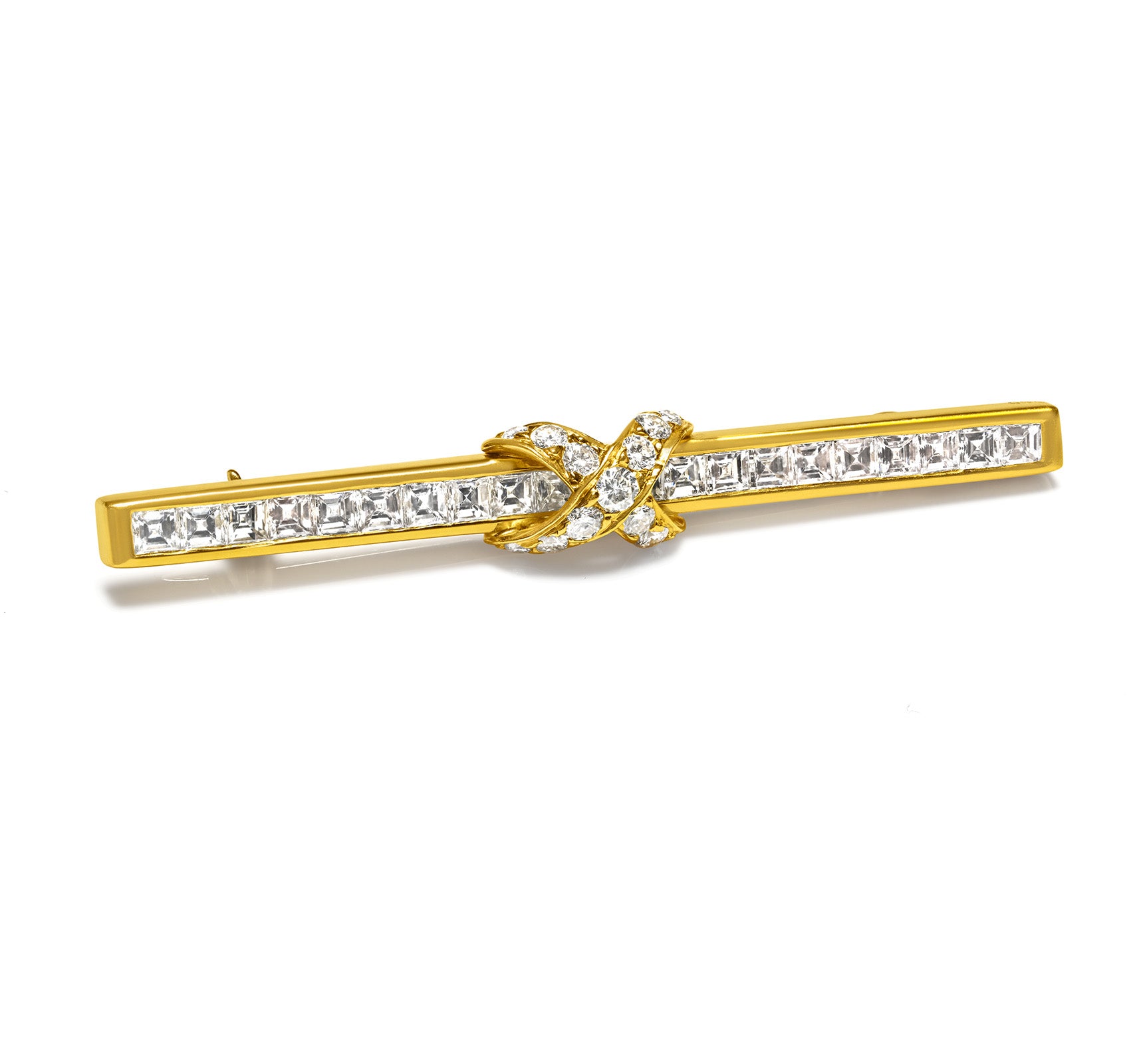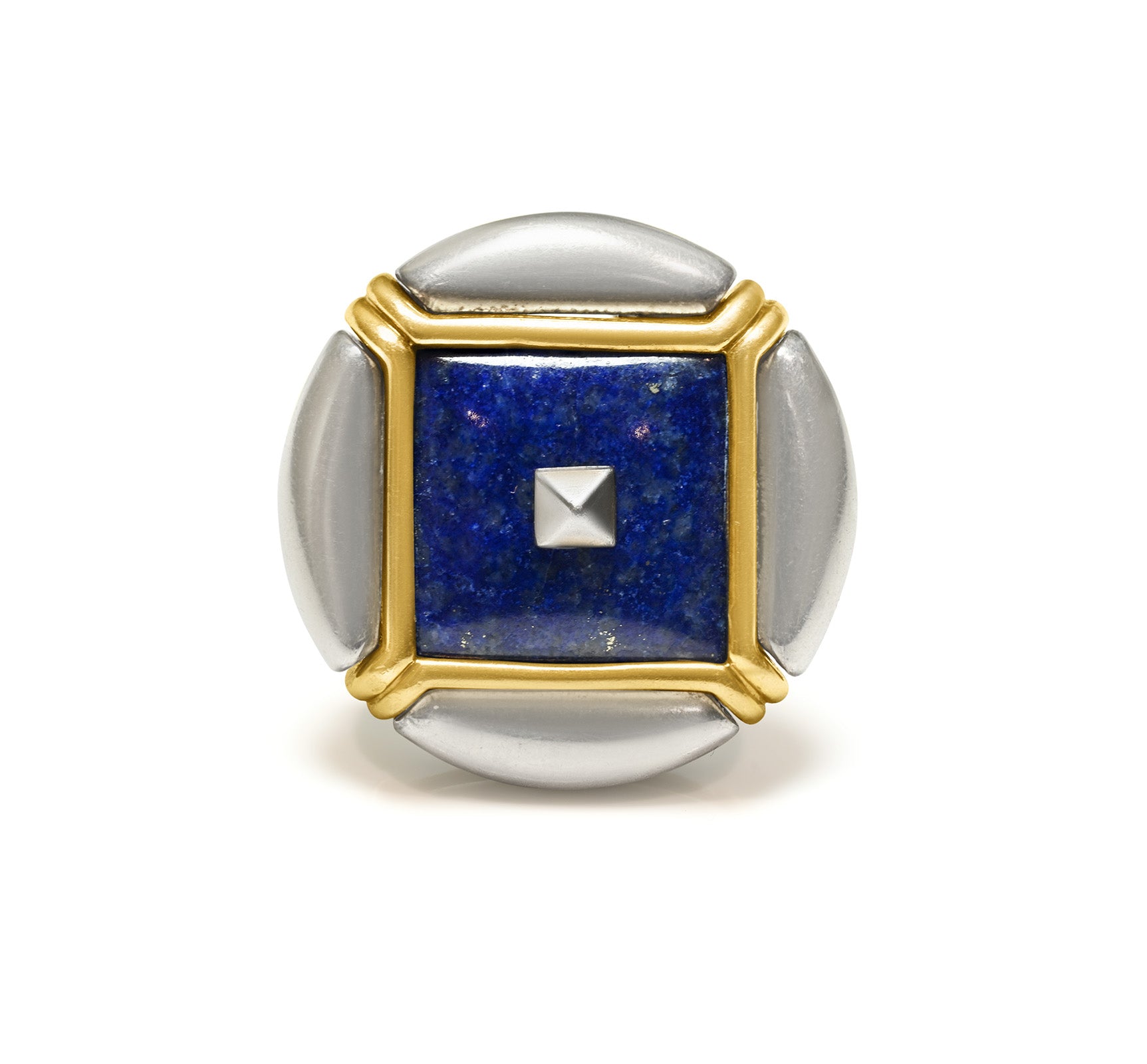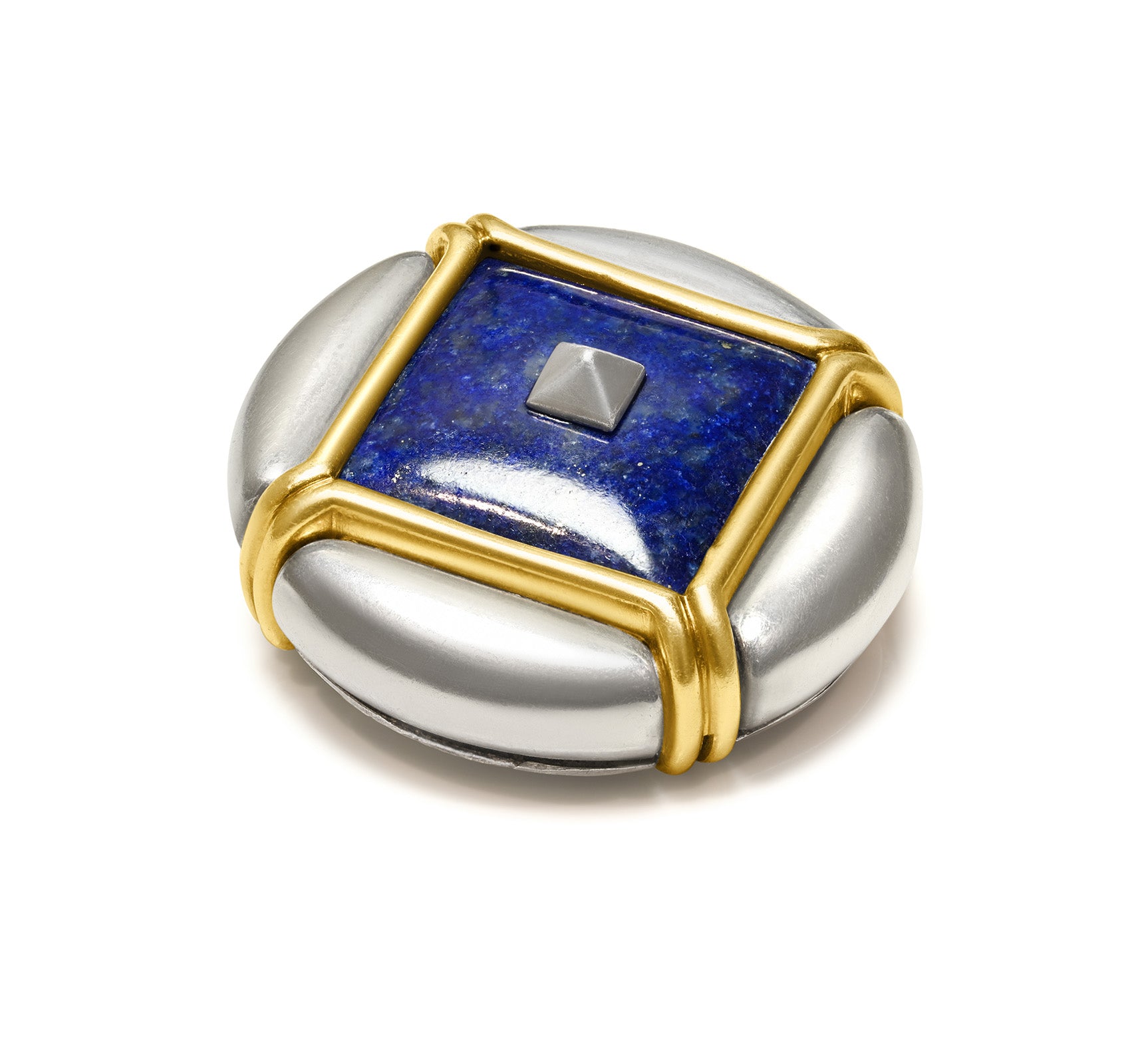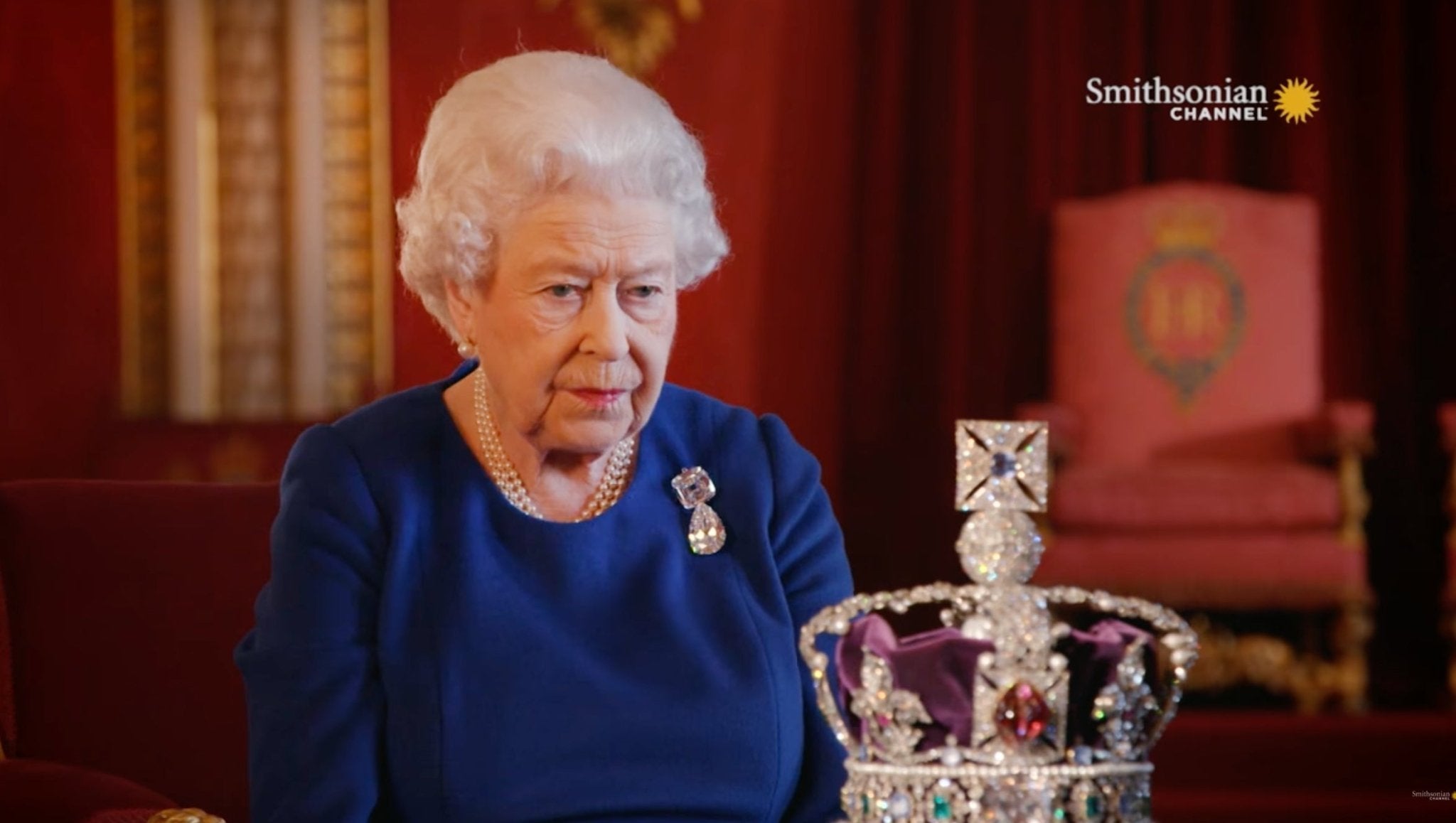
British Crown Jewels Hidden During The War In A Buried Biscuit Tin
Precious stones from the British Crown jewels were hidden during World War II in a metal biscuit tin 60 feet below Windsor Castle, according to a BBC documentary.
The Black Prince's ruby and Saint Edward's sapphire were among the gemstones buried in a Bath Oliver biscuit tin under a sally port.
The decision was made by King George VI, who wanted to prevent them from falling into Nazi hands in the event of an invasion.
Many years, people only knew that the precious stones had been taken to Windsor Castle at that time, but little information has been made public about this, Press Association reports.
The Secret Of The Hidden British Crown Jewels
A BBC One program about the crown jewels and the Queen's coronation showed for the first time how these historic items were hidden in a deep pit.
The jewels, which included the "Black Prince" ruby from the Imperial Crown, were placed in a metal biscuit tin that was buried under a secret tunnel used as an emergency exit from the emblematic British castle.
The Queen, who lived at Windsor Castle during the war years for safety reasons, was aware of King George VI's decision but didn't know the details until she learned them from royal commentator Alastair Bruce, who presented the documentary.
"What's so wonderful is that the queen didn't know about this. Telling her seemed so strange," the royal commentator said.
The Mystery Of The Hidden Crown Jewels Revealed
The remarkable story was discovered by Oliver Urquhart Irvine, the librarian, and administrator of the Queen's Archives.
The mystery was unraveled by "an electrifying set of letters", as the royal commentator described it, addressed by Sir Owen Morshead, the royal librarian, to Queen Mary, mother of George VI of Great Britain.
Sir Owen's papers depict how a two-room pit was dug, covered to hide it from enemy bombers. It had steel doors. A hatch used to allow access to the secret area where the box was located still exists today.
The British Imperial Crown
The documentary also talks, with candor and humor, about the challenges of wearing a heavy crown.
The Queen jokes that she can't look down while reading her speech when wearing the Imperial Crown, which weighs 1.28 kilograms.
"You can't look down to read the speech, you have to lift the speech. Otherwise, you'd break your neck, it would fall out," the Queen told Alastair Bruce.
The crown was made for the 1937 coronation of Britain's King George VI and is set with precious stones, including 17 sapphires, 11 emeralds, and hundreds of pearls and diamonds, as well as the gemstone known as the "Black Prince" suspected to have been set in the helmet worn by Henry V of England during the Battle of Agincourt (Azincourt) in 1415.
The Queen also recounts in the documentary the moment she was forced to stop during her coronation in Westminster Abbey Cathedral after the heavy gown and robes she was wearing got caught in a thick carpet pile as she glided through the abbey. "They hadn't thought of that," the Queen added.
The Queen was proclaimed sovereign on 6 February 1952 after her father died suddenly.
The documentary is part of the "Royal Collection Season", a partnership between the BBC and the Royal Collection Trust.
Cover Photo Credit: Smithsonian Channel


